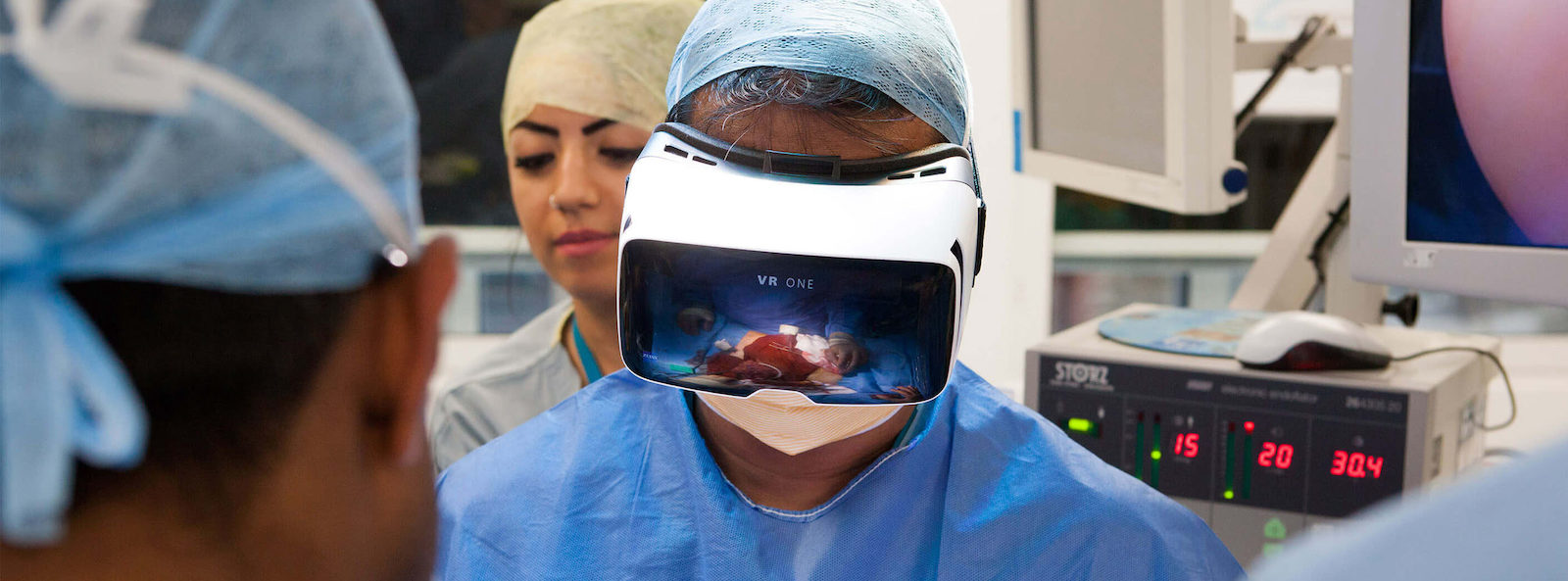
The Future Of The Healthcare Industry
The healthcare industry is considered to be a vital part of every country. Healthcare is a necessity that almost every human needs. Hospitals are constructed all over the country with the purpose to aid us. While the debate between free healthcare and privatized healthcare is popular. Today, we are focusing on what the future of healthcare is. We want to theorize where healthcare will be 10 years from now.

We believe the future of healthcare is revolutionary technology and smart decisions. Many fear technology, yet its progress cannot be stopped. Technology can create leaps of progress for current healthcare solutions. Similarly, smart decision-making is vital for healthcare continuity.
Technology-focused advancement is just going to make healthcare more expensive. That is why cost-reducing decisions need to be made too. The details below include the advancements we can expect in the future. Cost-saving techniques are also included.

3D Printing
3D Printing is a recent addition to the healthcare industry. In the future, many predict 3D printing will take over several industries. That means we can see it being utilized for farming, military, and food and beverage industries. Perhaps the biggest benefactor of 3d printing will be the healthcare sector.

How It Benefits The Healthcare industry
3D Printing brings with it new options for doctors to implement. 3D Printing allows the creation of artificial limbs, bio tissues and so much more. What this means for the consumer are more readily available treatments. Research is being conducted on the possibility of 3D Printing pills and approved drugs too. It is safe to say 3D printing has a bright future in the healthcare industry.

How It Save Costs
Apart from technological advancements. 3D printing also brings with it many cost-saving possibilities too. On both the consumer side and healthcare side, costs are saved. The cost of raw materials is saved because of 3D printing. More readily available replacements mean less time is spent.
The overall cost is also reduced due to no high-quality materials used in the process. Injection mold design engineering is similar to 3D Printing in saving costs. X-Ray components and test kits can be created cheaply using this method.

Virtual And Augmented Reality
Virtual reality is present as cutting-edge technology in today’s world. It is widely used in the gaming industry as a form to play video games. This has profound benefits for the healthcare industry as well. Virtual reality involves putting on a headset and seeing a different environment around you.
Augmented reality is completely different in the sense that the environment doesn’t change. Information can be displayed directly to your eyes and a large headset may not be required. An example of this would be the famous Pokemon Go game. While it displays differences through your phone, the end goal is to display them through your eyes.

How They Benefit The Healthcare Industry
Virtual reality can be used as a training program for new doctors. It can put them into different situations and encounters. This can condition doctors to make the right decisions and react the way they are supposed to. It can also be used as a way to distract the patients. Patients going through troubled surgery can be given a headset. They can then be distracted by a soothing environment. The possibilities are endless and it needs to be utilized.
Augmented Reality can be helpful in other ways. It is still not available widely in the market but is being researched. It can be used as a way to diagnose patients as information is displayed. Accurate anatomy information can also be displayed allowing doctors to make better decisions.

How They Save Costs
Virtual and augmented reality both have the potential to save on costs. Virtual reality can be a suitable replacement for training programs. The need for high-quality training can be mitigated this way. Similarly, augmented reality can allow faster diagnoses and solutions. This means more patients can be seen and helped at any given time.

Robotics
Robotics is revolutionizing production in many industries. From faster automobile manufacturing to dangerous pesticide implementation. The robotics industry is growing in popularity and fast. They host several benefits for the healthcare industry as well.

How It Benefit The Healthcare Industry
Robotics has many applications for the healthcare industry. Expensive and hard to manufacture healthcare machines can be made with ease. Many precise calculations and surgeries can even be conducted by robotics. The future of robotics is looking to be even more promising. Research is being conducted on the idea of exoskeletons. There may be real robots diagnosing and helping consumers in the future.

How It Save Costs
Robotics has a high investment value that pays off over time. As robotics takes over industries the cost incurred long-term decreases. Precise work can be completed in significantly less time compared to human labor. That means more medicine can be created quickly. With the introduction of robots diagnosing us, costs may also decrease.

Conclusion
The advances in technology are helping the healthcare industry reach its true potential. Better medicine distribution and faster cures are great for humanity. What this means for the average consumer is less cost for basic needs. Less time will also be spent visiting the hospitals. People can spend time on other tasks such as gardening. It is exciting to think about where the future of healthcare leads. We can’t wait to follow and see for ourselves.







